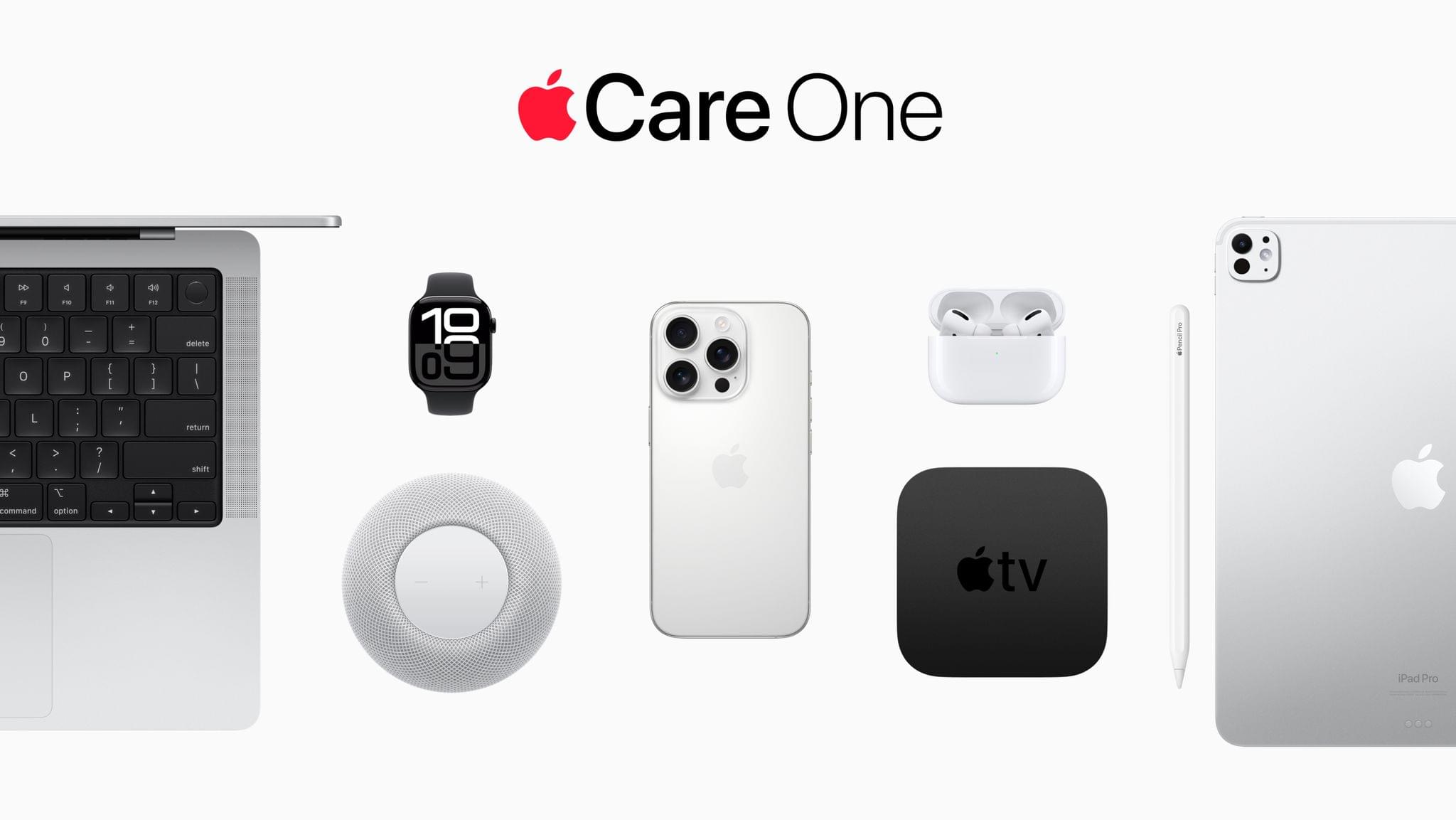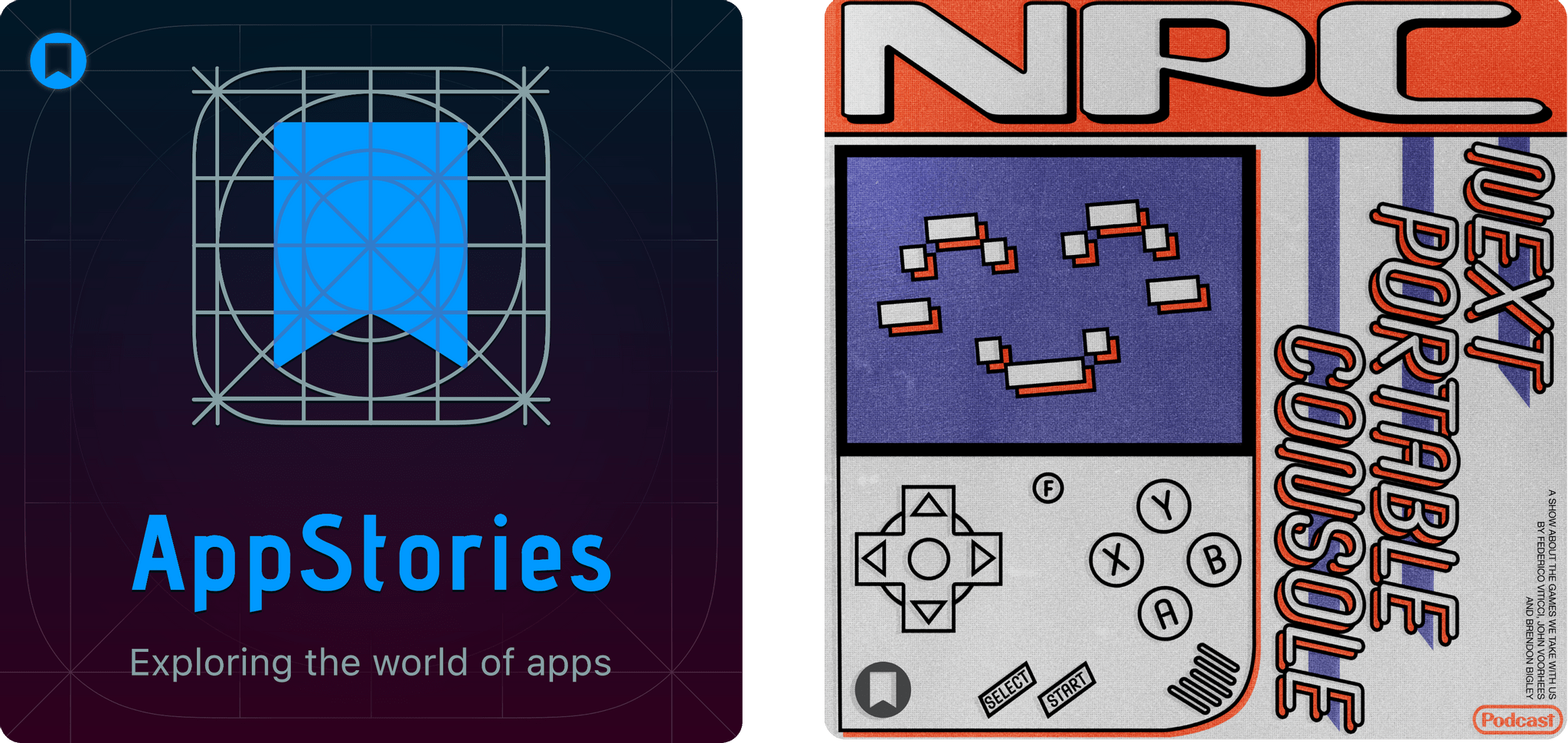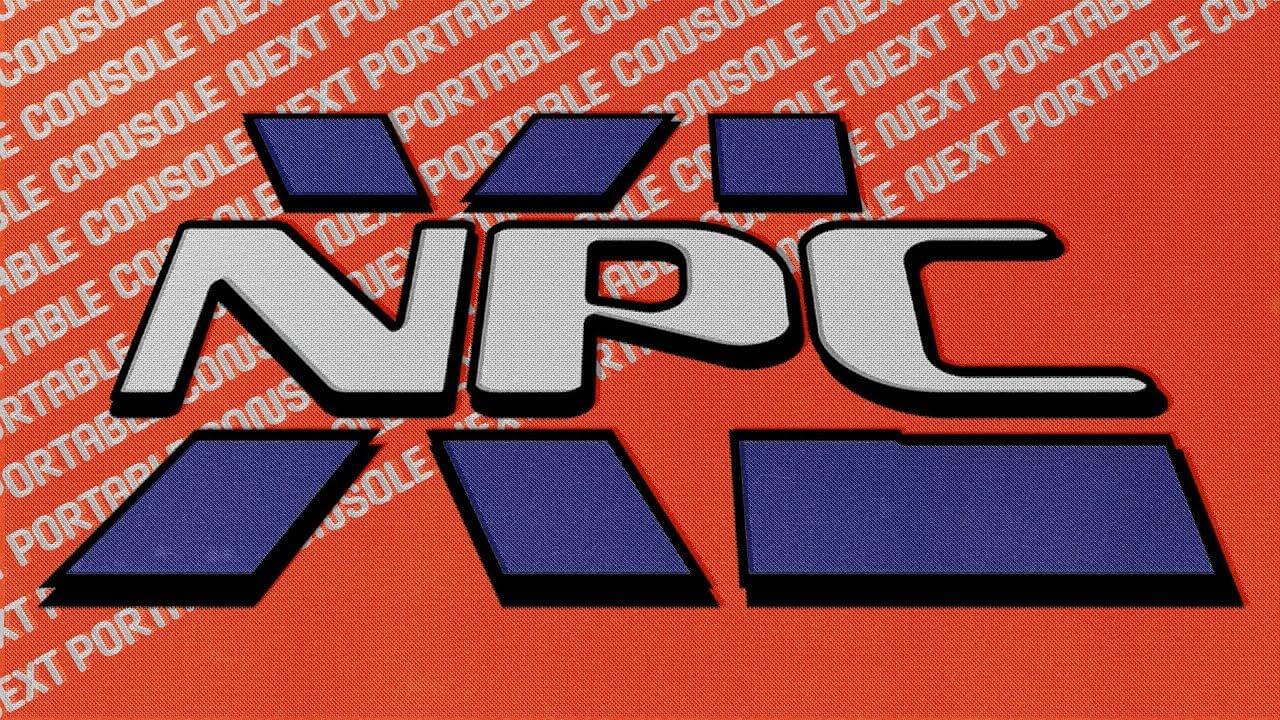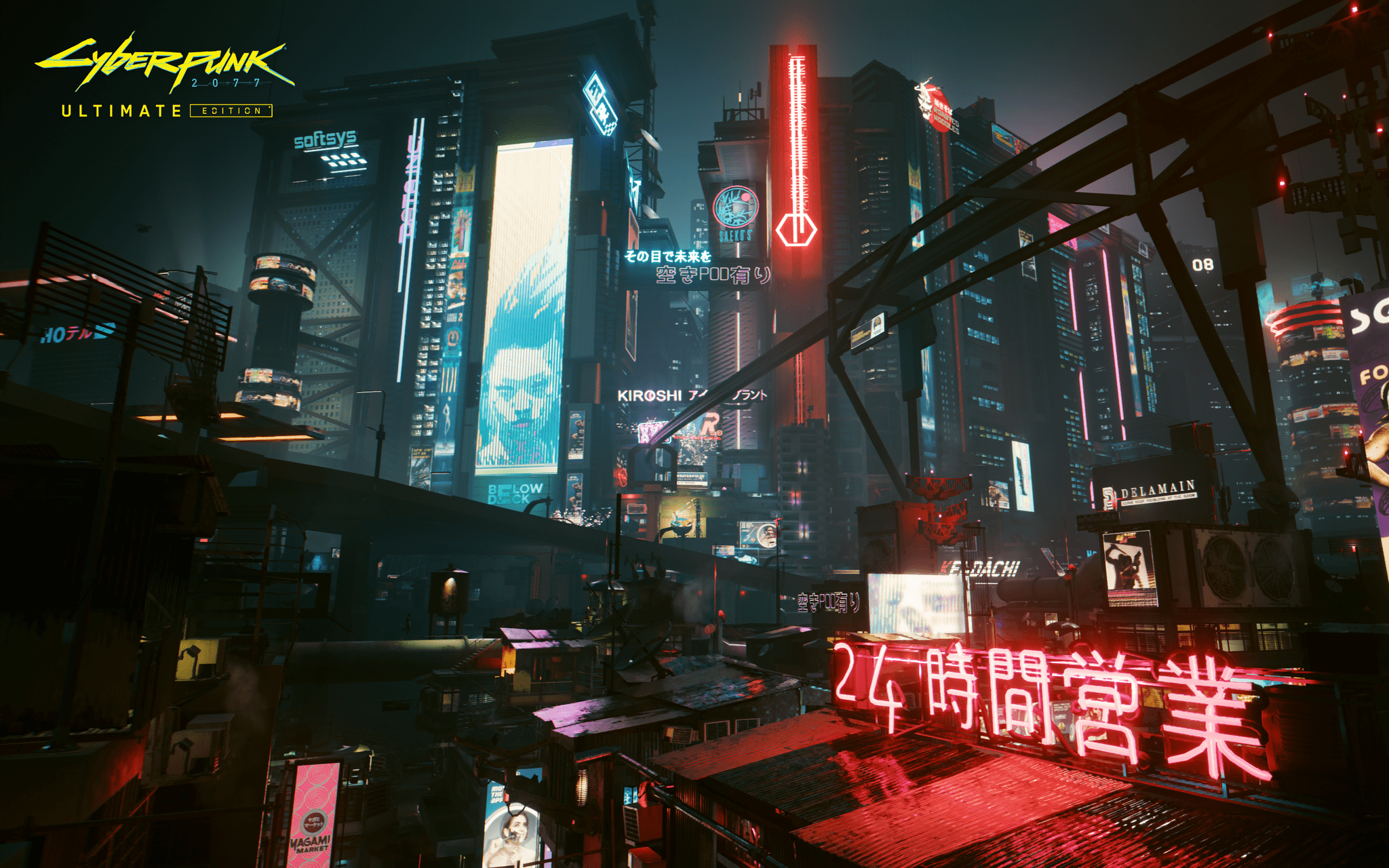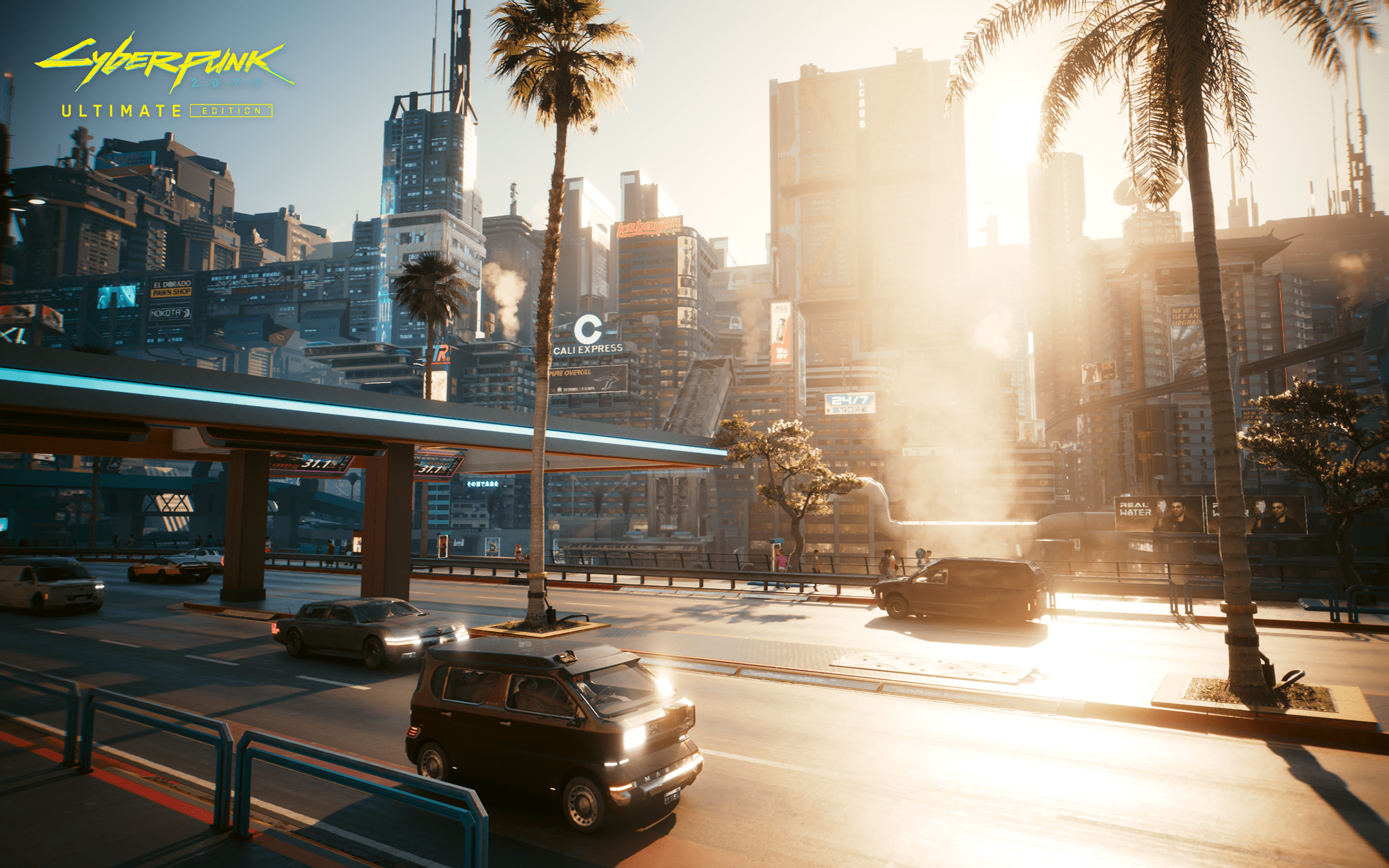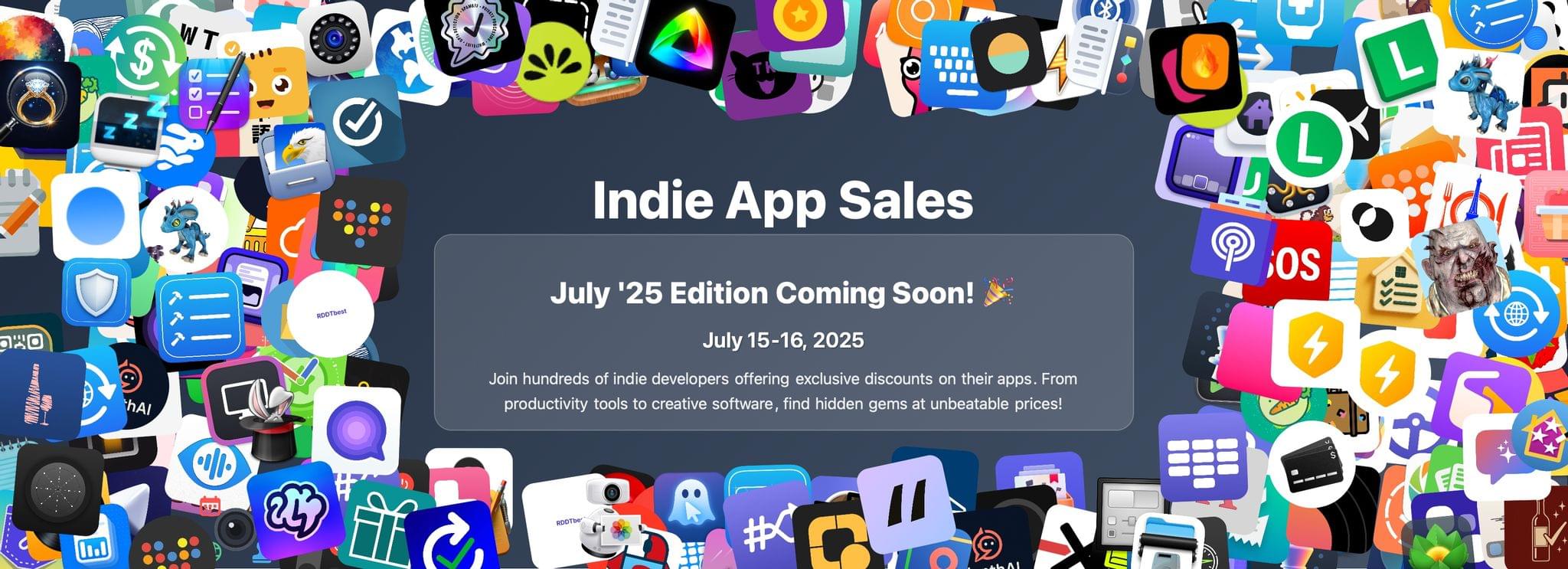Last fall, alongside the announcement of the M4 MacBook Pro, Apple and CD PROJEKT RED said that Cyberpunk 2077 was coming to the Mac in early 2025. But when WWDC rolled around last month with no more news about when the game would come to the Mac, I thought it might slip to the fall when macOS Tahoe is expected to be released with Metal 4 and other game-friendly features.
So it was a pleasant surprise to find out that Cyberpunk 2077: Ultimate Edition, which includes the Phantom Liberty DLC, will be out this Thursday on the Mac App Store, as well as on GOG.com, Steam, and the Epic Games Store. Cyberpunk, a notoriously demanding game when it comes to system resources, will run on any Apple silicon Mac with 16GB of memory that is running macOS Sequoia (or the Tahoe developer beta).
To support every 16GB Apple silicon Mac since the M1 MacBook Air, Cyberpunk relies on the latest Metal technologies, including Tile-Based Deferred Rendering and tools like Metal’s C++ interface and the Metal Shader Converter, to optimize for Apple GPUs. The game also takes advantage of Apple’s MetalFX Upscaling.
CD PROJEKT RED has gone all out with other compatibility features to make its game feel at home on the Mac, too, including:
- “For This Mac” graphics presets that are optimized for the Apple silicon hardware running the game, which promises to take the guess work out of configuring graphics settings;
- AMD FSR upscaling and frame generation optimized for Apple silicon Macs;
- Support for Spatial Audio and head tracking for those playing with AirPods;
- HDR support that is dynamically optimized for Apple’s XDR displays and HDR output for calibrated external displays;
- Magic Mouse, Magic Trackpad, and controller support; and
- Cross-progression across all platforms.
In the fall, Apple says Cyberpunk will get a boost from the videogame technologies announced at WWDC 2025. Those include MetalFX Frame Interpolation to increase and stabilize frame rates, which Apple says will allow the game to hit 120 fps using the game’s Ultra settings when combined with MetalFX Upscaling. Cyberpunk will utilize MetalFX Frame Denoising to clean up the noise produced by its path-tracing renderer, too.
I’m looking forward to trying Cyberpunk on the Mac. I already own it on Steam and have played it on the Steam Deck and the Nintendo Switch 2, both of which should be excellent points of comparison to the wide range of Macs that Apple says will run Cyberpunk 2077.
The Mac version of Cyberpunk 2077 will debut this Thursday, July 17. There is no additional charge for the Mac version if you already purchased the game from one of the stores that offers it. Alternatively, you can purchase the game from the Mac App Store, where Cyberpunk 2077 is making its debut.










